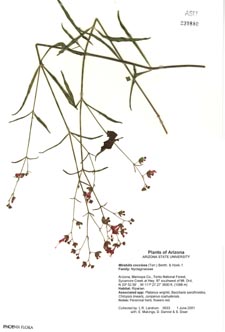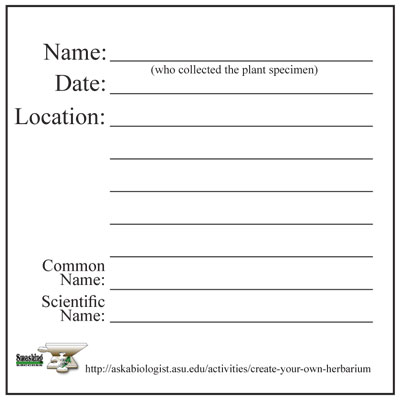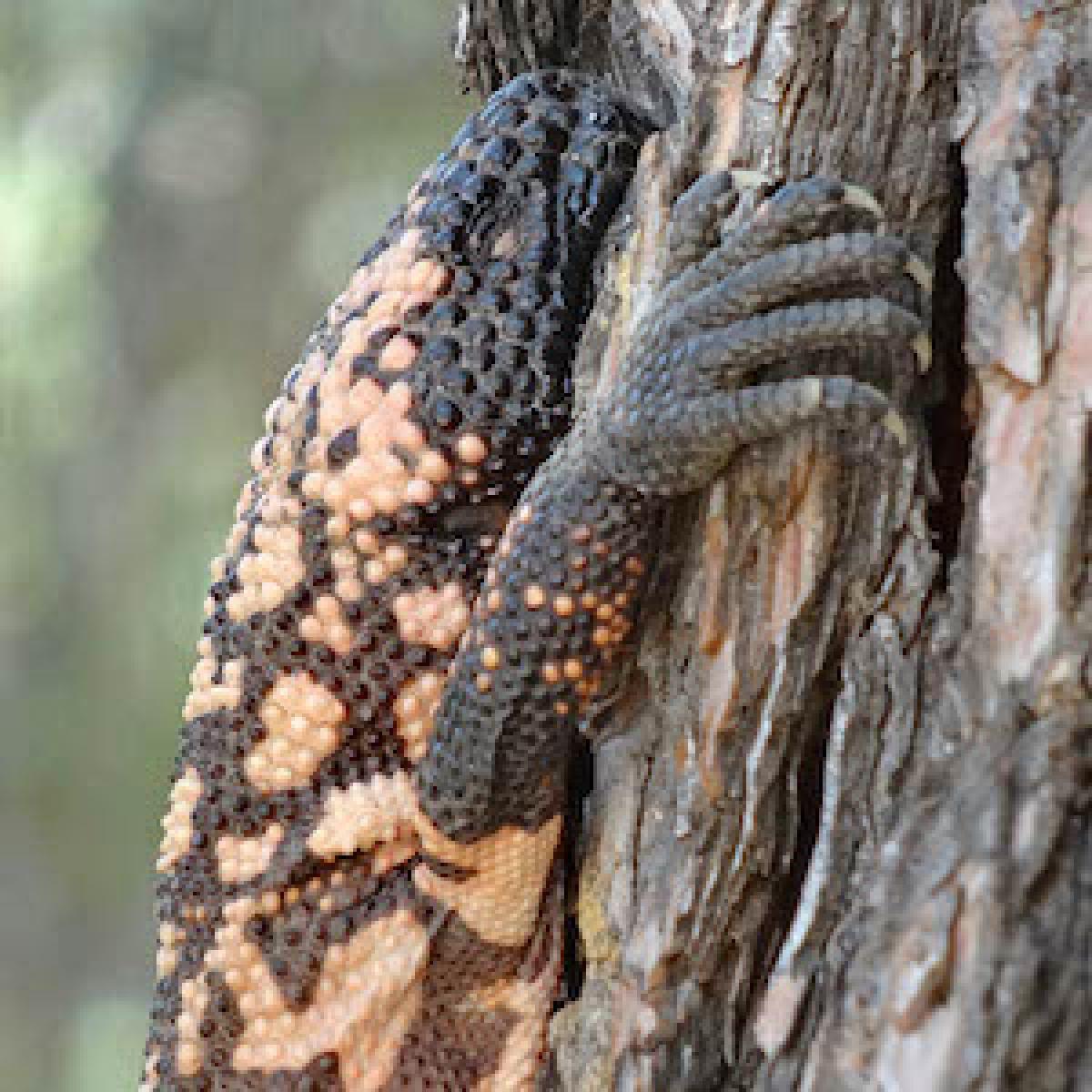

Once your plant has been mounted, it is important to clearly label the sample. Things to include on your label would be the name of the collector, date, plant name, and place where it was found. More details on labels including one that you can download are located below.
Labeling Your Dried Plants: and hints for filling in the information
You can click on the label below to get the printable sheet with six labels. We also include a few tips and hints for filling in the information.
Hints for filling out the labels
Name of collector:
Date:
Location:
Use a Global Positioning System (GPS) if you have access to one. Otherwise include as much information as you can give. You want someone else to be able to find your plant so be as specific as you can. If you know the approximate elevation that is great. If you drove on a road to get to the plant describe how to get there by car. For example take I-60 east, to the Country club exit 1 mile north, turn left onto Main Street. About 1/2 mile east of Main Street 30 feet in from the road sign on the left-hand side. If there is a mile marker on the road, use it. If you can, include the names of other plants that you see around the one you have collected. For example: There are many Brittle Bushes around, and one tall mesquite to the north of the plant. Describe your plant:
- Is it flowering?
- Does it have fruits on it?
- What color are they?
- How tall/wide is the plant you are sampling from.
- Are the leaves a certain color or texture?
- Sometimes flowers or fruits can fall off an herbarium sheet no matter how careful you are, and colors are not going to be as brilliant when the plant has been dried.
Describe the habitat you found your plant in: Taxonomists often want to know the range of habitats a certain plant can live. Some example habitats:
- A wash (area that water flows through in periods of rainfall)
- Desert (fairly open area, cacti)
- Scrub (between the mountains and the desert many small shrubs)
- Ponderosa Pine (High in the mountains, around flagstaff)
- Riparian (near a river)
- Urban (areas people live in)
Name the plant:
Every living species has its own unique name that is sometimes called the scientific name. These names are Latin and include the Genus and Species. If you know the scientific name, write that down. You can also include the common name.
The common name is what people in a particular part of the country or world use to talk about a plant or animal. For example, the cougar (common name) is one of the big cats found in North and South America. The scientific name of the cougar is Puma concolor. Notice that the name is in italics.
Also include other plants in the area
If you can, name as many species around the plant: What is the level of diversity around the plant? Sometimes naming the species around a plant can help you figure out which habitat you are in. It can also help you see if there is any relationship between plants. Do you see salt bush every time you collect a teddy bear cholla?
Books to help you identify your plants
From the Audubon Society Collection:
The Audubon Society Field Guide to North American Trees, Published by Knoph.
(Their are multiple regions to pick from)
The Audubon Society Field Guide to North American Wildflowers,
Published by Knoph.
(Their are multiple regions to pick from)
Shrubs and Trees of the Southwest Deserts, Janice Emily Bowers and Brian Wignall, Southwest Parks and Monuments, 1993.
Shrubs and Trees of the Southwest Uplands, Francis H. Elmores and Jeanne R. Janish, Southwest Parks and Monuments, 1976.
Flowers of the Southwest Deserts, Natt N. Dodge and Jeanne R. Janish, Southwest Parks and Monuments, 1992.
Flowers of the Southwest Mountains, Leslie P. Arnberger and Jeanne R. Janish, Southwest Parks and Monuments, 1992.
 |  |  |  |  |  |  |
Read more about: Create Your Own Herbarium
Bibliographic details:
- Article: Step 7: Labeling your plants
- Author(s): Dr. Biology
- Publisher: Arizona State University School of Life Sciences Ask A Biologist
- Site name: ASU - Ask A Biologist
- Date published: 21 Dec, 2009
- Date accessed:
- Link: https://askabiologist.asu.edu/step-seven-labelling-your-plants
APA Style
Dr. Biology. (Mon, 12/21/2009 - 13:53). Step 7: Labeling your plants. ASU - Ask A Biologist. Retrieved from https://askabiologist.asu.edu/step-seven-labelling-your-plants
Chicago Manual of Style
Dr. Biology. "Step 7: Labeling your plants". ASU - Ask A Biologist. 21 Dec 2009. https://askabiologist.asu.edu/step-seven-labelling-your-plants
Dr. Biology. "Step 7: Labeling your plants". ASU - Ask A Biologist. 21 Dec 2009. ASU - Ask A Biologist, Web. https://askabiologist.asu.edu/step-seven-labelling-your-plants
MLA 2017 Style
Be Part of
Ask A Biologist
By volunteering, or simply sending us feedback on the site. Scientists, teachers, writers, illustrators, and translators are all important to the program. If you are interested in helping with the website we have a Volunteers page to get the process started.



